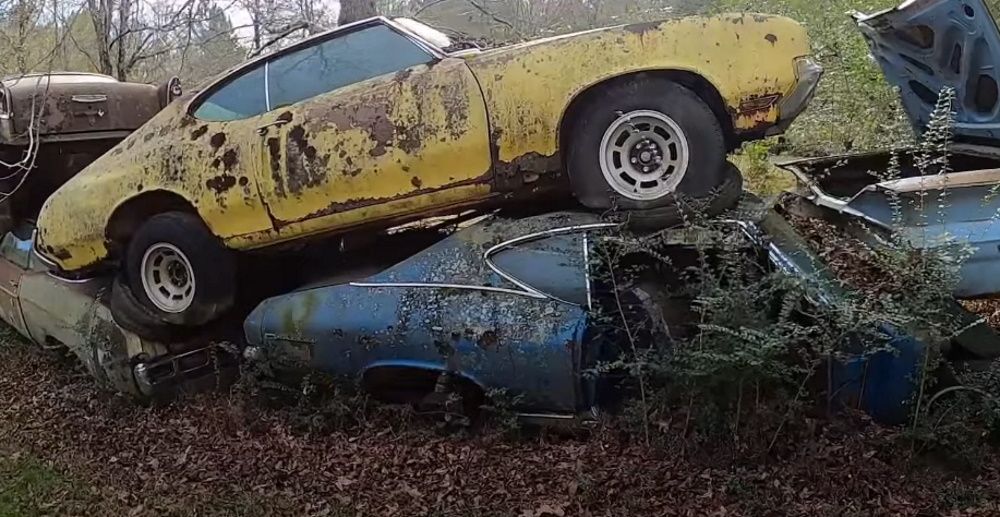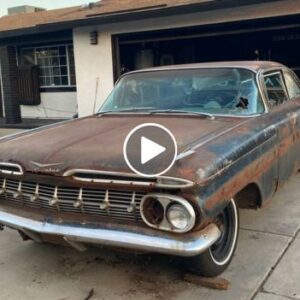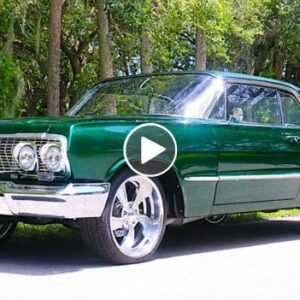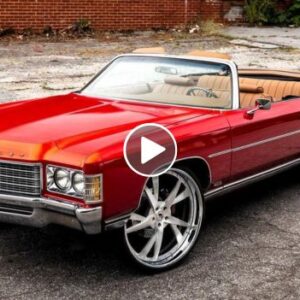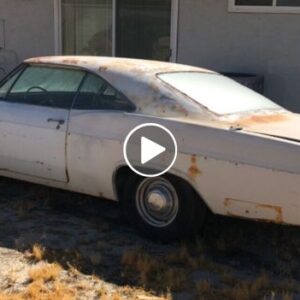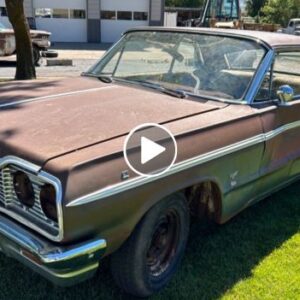In a new video, the YouTube channel Junkyards and Barn Finds with Sean visits the “world’s largest known classic car junkyard.” Presenter Sean Dever travels to Old Car City in White, Georgia, to explore what 34 acres with more than 4,000 rusting vehicles look like.
It’s an adventure sure to test the skills of even the best car spotter, made more challenging by a hurried excursion through the site.
Something For Every Classic Car Lover
Fans of anything from Detroit will find something to like during the tour. Think of a classic car model, and chances are there’s an example at Old Car City. Dever treks through Thunderbird row, flanked by an abundance of Ford Mustangs and Mercury Cougars.
Meanwhile, General Motors enthusiasts will find a Chevrolet El Camino, Camaro, or Tri-Five Bel Air to love. Of course, Mopar buffs will rejoice in numerous displays involving a Plymouth Fury or Duster. There are also Dodge Chargers to check out and trucks from the Big Three. Diligent observers can also see epic imports like the 13-window Volkswagen Minibus.
Exploring A Sad Circle Of Classic Cars
